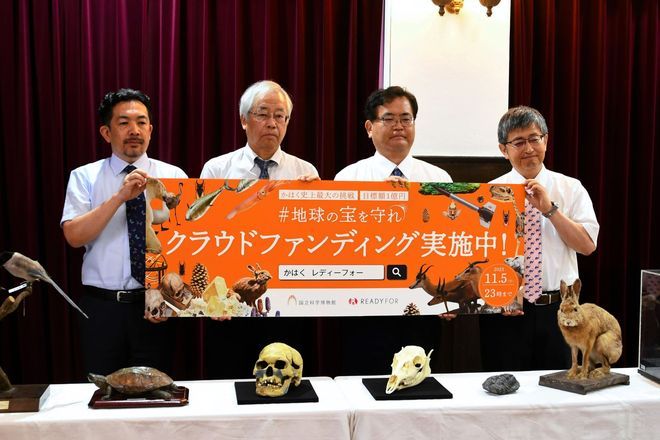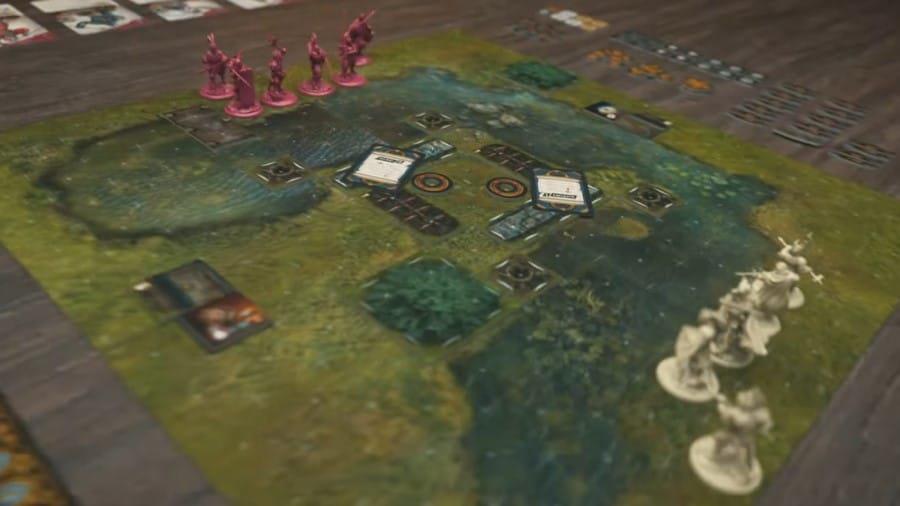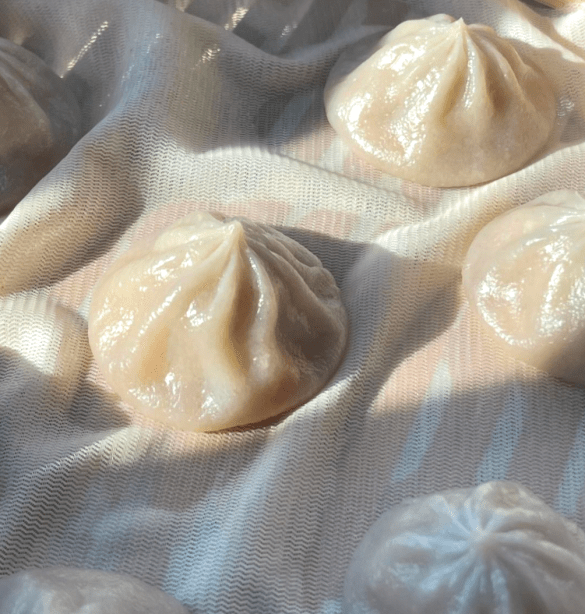
Hammered by the COVID-19 crisis and now hit with skyrocketing operational costs, one of the biggest museums in Japan had to resort to crowdfunding to keep going. Other institutions are in a similar predicament.
The National Museum of Nature and Science in Tokyo’s Ueno district said it was forced to take drastic measures earlier this month because it lacked the funds to continue functioning properly.
Its online campaign kicked off on Aug. 7. The museum’s initial goal of raising 100 million yen ($690,130) was achieved in just nine hours. As of Aug. 25, the figure had hit around 713 million yen.
The initiative is slated to continue through Nov. 5.
A noted academic expressed dismay that it was the public and not the government that came to the rescue.
Hideki Endo, a professor of dead body science at the University of Tokyo’s University Museum, maintained it is the responsibility of the government to protect the nation’s cultural heritage.
Kenichi Shinoda, who is the director of the National Museum of Nature and Science, explained the establishment’s difficult circumstances at a news conference on Aug. 7.
“A drastic plunge in visitor numbers due to the pandemic, coupled with soaring utility costs, made things impossible for us,” he said.
“State subsidies are not enough for us to keep going,” Shinoda added. “We only managed to remain operational through our own efforts to combat the dire financial straits in which we found ourselves.”
The museum in Taito Ward depends on government subsidies for 80 percent of its budget. It received around 2.5 billion yen from state coffers last fiscal year. The rest of its total income came from admission fees and donations.
The total revenue allows it to not only store, collect and exhibit samples and specimens, but also pay wages to employees.
The COVID-19 pandemic proved to be the hammer blow that saw visitor numbers plummet, and ticket proceeds to dwindle to a trickle. To make matters worse, heat and lighting expenses are projected to double from fiscal 2021 to nearly 400 million yen.
Museum officials said it is virtually impossible to slash power consumption in its storage and display areas since the temperature and humidity there must be controlled to prevent items from deteriorating.
In addition, the cost of materials needed to preserve showcase items is skyrocketing.
The museum already has more than 5 million items in its collection and annually accepts tens of thousands of new items to go on display.
On occasion the museum has had to reject offers of fresh collections due to a lack of financial resources to conserve them.
“Specimens cannot be amassed retrospectively,” Shinoda noted. “Gathering more showpieces now and preserving them properly has great significance for future research.”
Gifts in exchange for donations include an original tote bag and an illustrated reference book, as well as “backroom tours” of the museum’s storage facility in Tsukuba, Ibaraki Prefecture. The tours were offered to those who donated sums of 50,000 yen and 100,000 yen. But so many people applied that the offer had to be withdrawn.
STATE’S RESPONSIBILITY
The museum’s financial woes stem mainly from its transition to an independent institution, a process that started in 2001.
The government’s management subsidy has gradually declined since then, museum officials said.
Autonomy gave the museum operator the right to make judgments on its operations without outside interference. At the same time, it is struggling to gather funds to make ends meet.
Endo expressed concern that reduced subsidies in exchange for independence from the government could hamper the facility’s key roles: notably research, exhibition purposes and educational activities.
He admired the crowdfunding drive for pointing the way forward in finding an even wider range of revenue sources for the museum.
“The government abandoned its responsibility for protecting academia and culture by reducing its budget in expectation of donations from the public,” Endo said. “The state essentially passed the buck to its people.”
Endo called for caution.
“People need to take this chance to better understand the problem,” he added.



